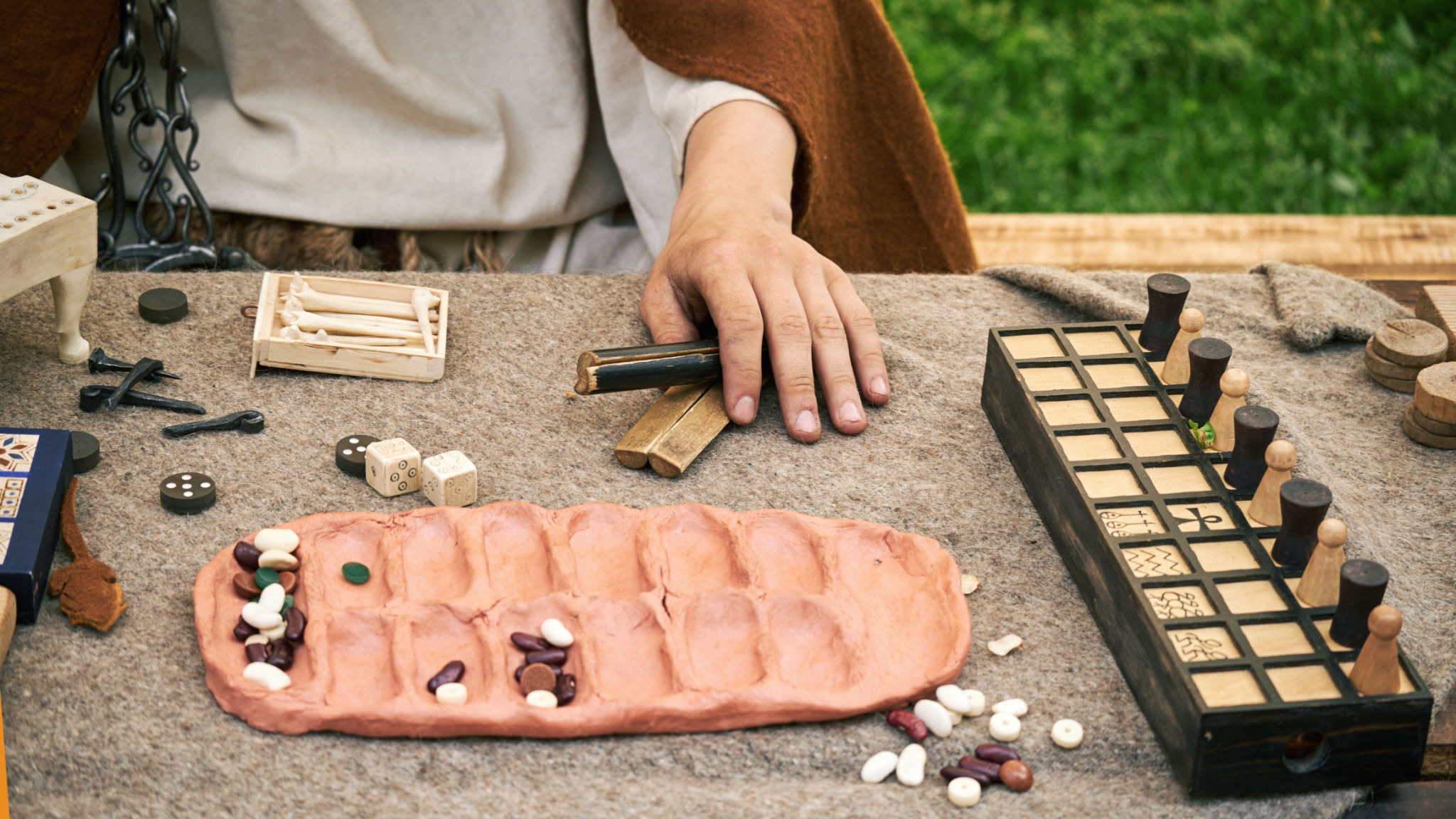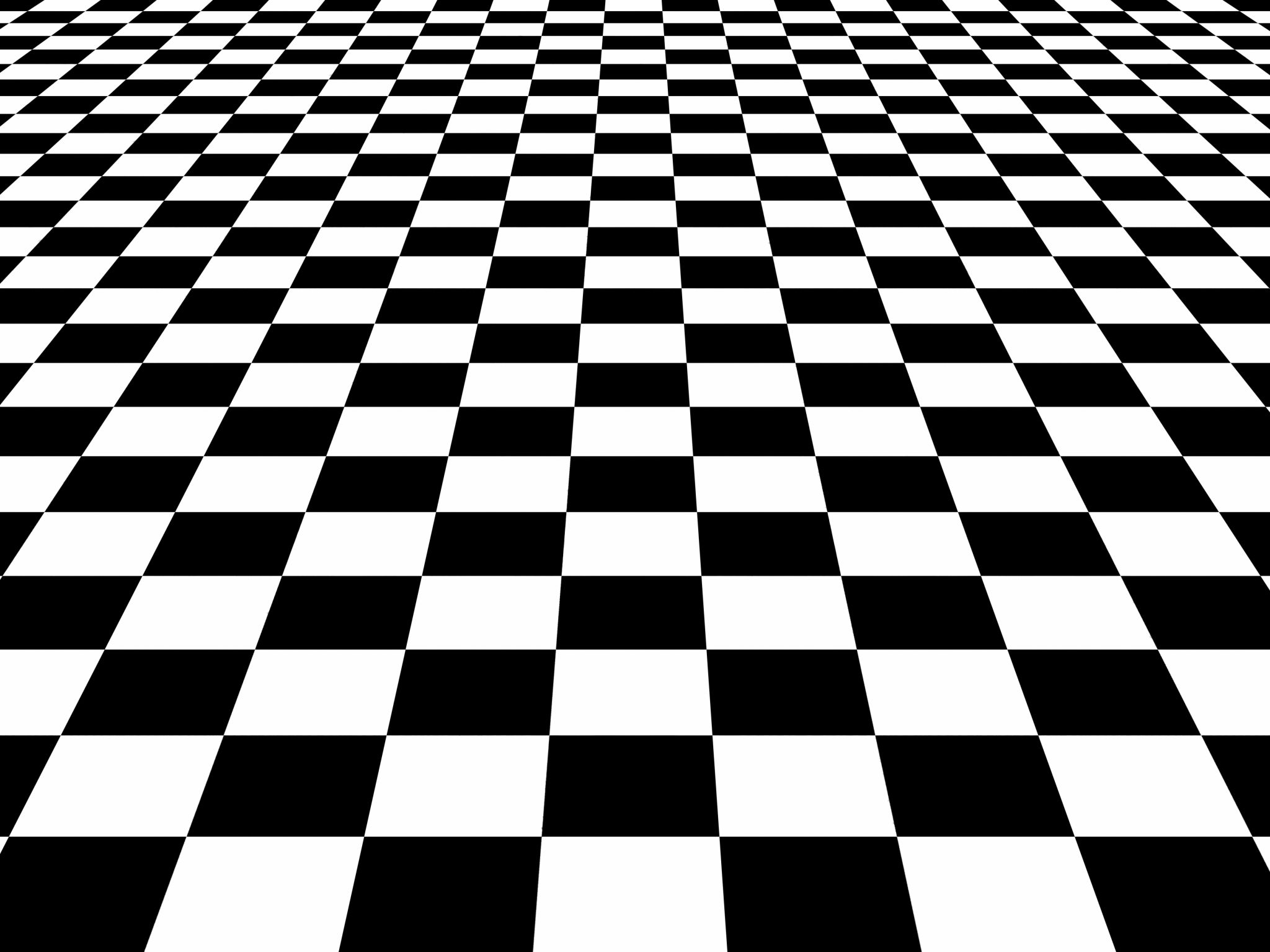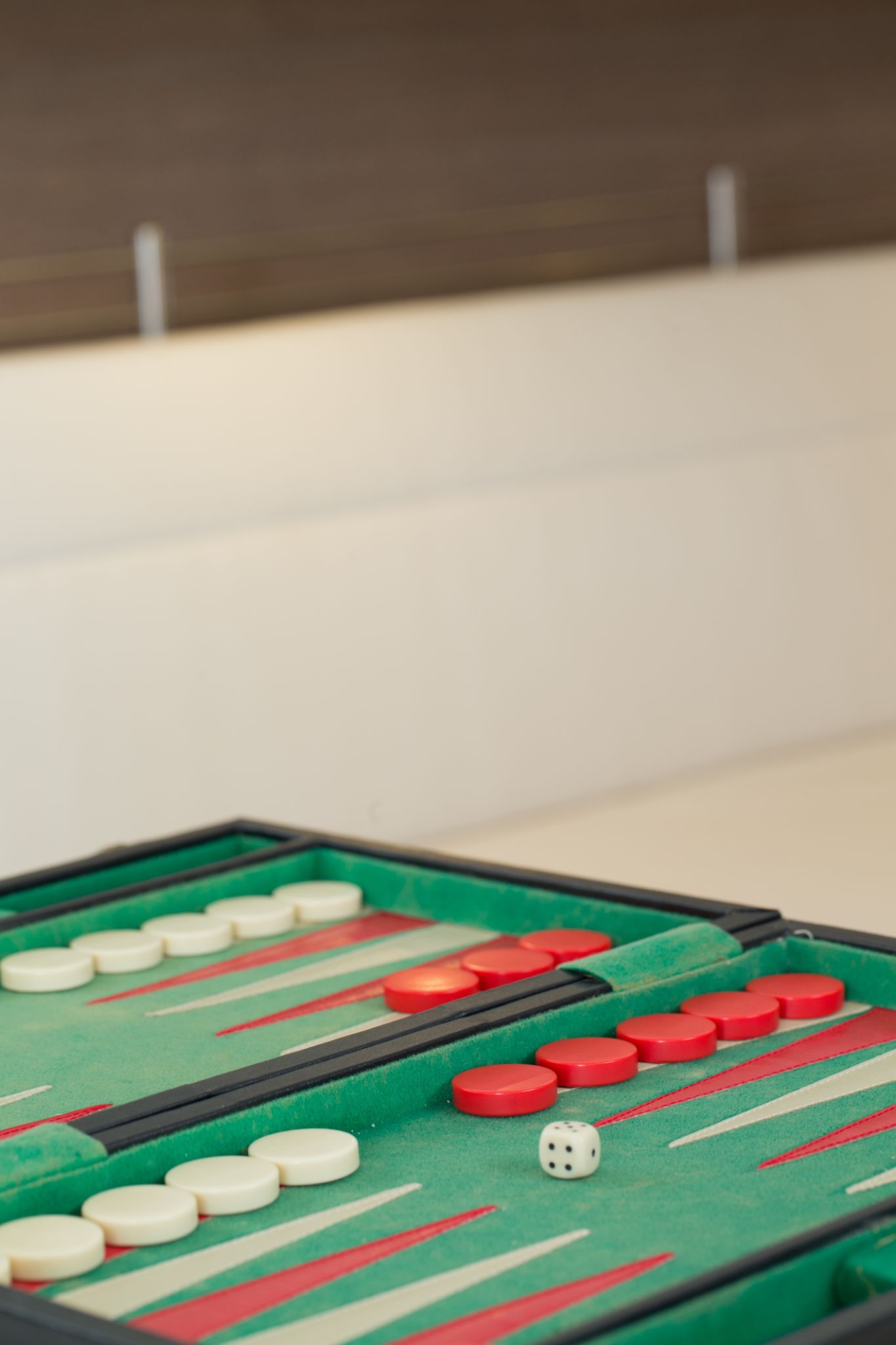The Evolution of Backgammon: From Ancient Times to Modern Play
The Ancient Origins of Backgammon
Backgammon, one of the oldest known board games in the world, traces its origins back thousands of years. Its roots can be found in the ancient civilizations of Mesopotamia, where archaeological discoveries have uncovered dice and board game remnants dating back to 3000 BC. The game was known as "Senet" in ancient Egypt and has also been linked to similar games played in the Roman Empire and Persia.

The game evolved over time, adopting various forms and names as it spread across different cultures. In the Roman Empire, it was called "Ludus Duodecim Scriptorum," and in Persia, it was known as "Nard." Despite the changes in name and rules, the core elements of backgammon—strategy, chance, and competition—remained constant.
Backgammon's Journey Through History
During the Middle Ages, backgammon continued to thrive across Europe. It was during this period that the game started to resemble the modern version we know today. The rules were standardized, and it gained popularity among nobility and commoners alike. In 1743, Edmond Hoyle published a book on the rules and strategies of backgammon, further cementing its place in European culture.

As European explorers traveled to new lands, they took backgammon with them, introducing it to different parts of the world. The game made its way to the American colonies, where it was embraced by settlers and continued to evolve with minor regional variations. By the 18th century, backgammon had become a staple pastime in homes and social gatherings.
Modern Backgammon: Rules and Play
In the 20th century, backgammon experienced a resurgence in popularity. The introduction of doubling cubes and the establishment of formal tournaments attracted a new generation of players. The game became a favorite in casinos and clubs, blending elements of skill and chance that appealed to a wide audience.

The rules of modern backgammon are relatively straightforward: players move their checkers around the board based on the roll of two dice. The objective is to be the first to bear off all of one's checkers from the board. However, despite its simplicity, backgammon requires strategic thinking and careful planning to outmaneuver opponents.
The Digital Age: Backgammon Online
With the advent of the internet, backgammon found a new platform for growth and engagement. Online backgammon games allow players from around the world to connect and compete in real-time. Websites and apps offer various gameplay modes, from friendly matches to high-stakes tournaments, making the game more accessible than ever.
Moreover, online platforms have introduced features like tutorials and AI opponents, helping new players learn the basics while challenging experienced players with advanced strategies. The digital era has truly transformed how enthusiasts interact with backgammon, keeping the ancient game relevant in modern times.
The Future of Backgammon
As technology continues to evolve, so will backgammon. Virtual reality is poised to offer immersive gaming experiences, bringing players closer to a realistic board game feel without leaving their homes. Innovations like augmented reality could further enhance gameplay by overlaying digital elements onto physical boards.

The enduring appeal of backgammon lies in its perfect blend of strategy, luck, and social interaction. Whether played on a physical board or through a digital interface, backgammon remains a beloved pastime that bridges generations and cultures. As we move forward, this ancient game will undoubtedly continue to adapt and capture the imaginations of players worldwide.
